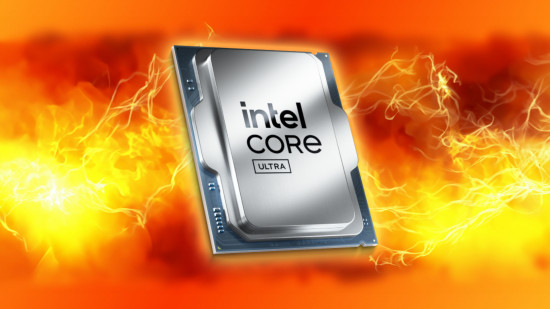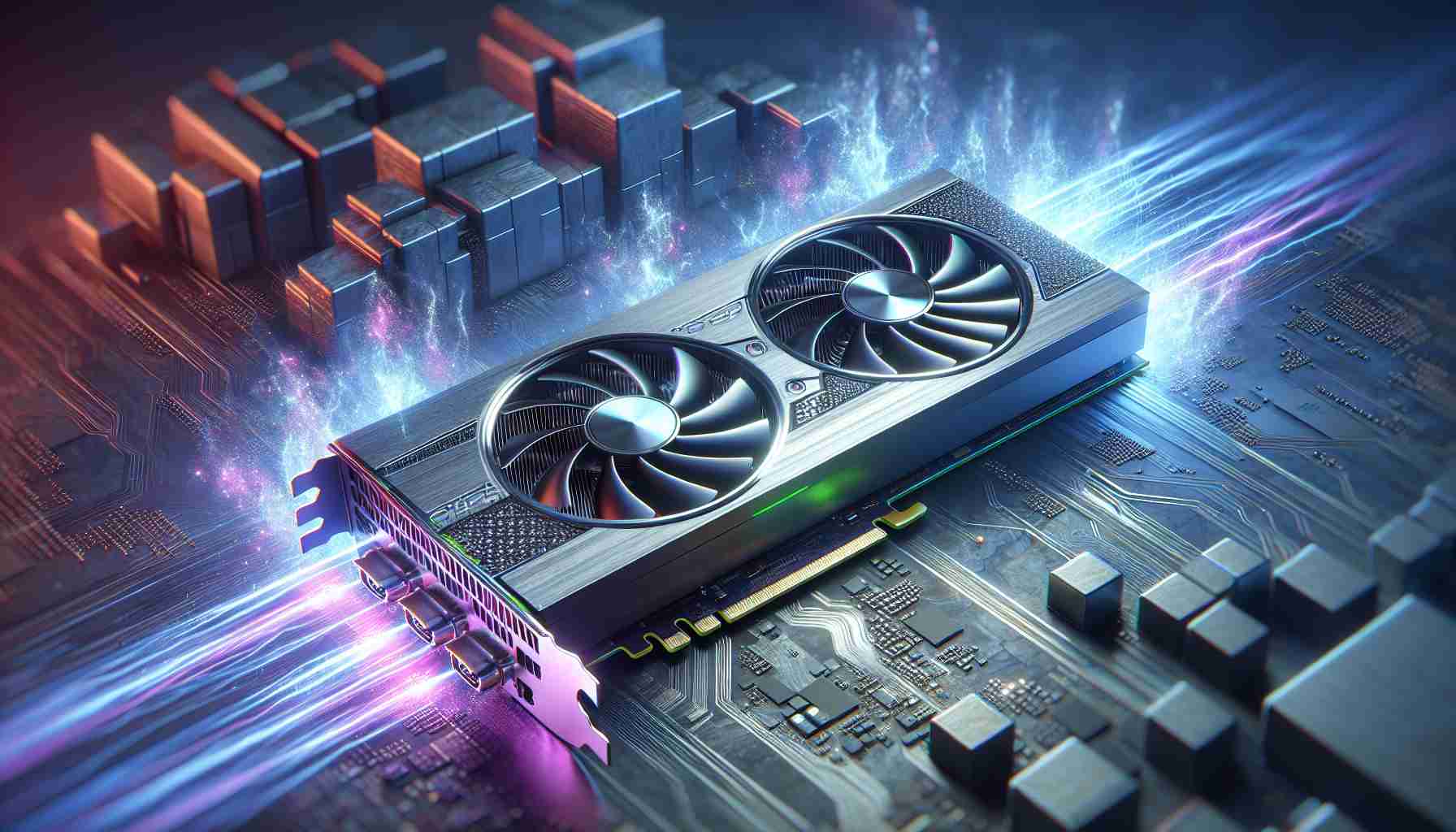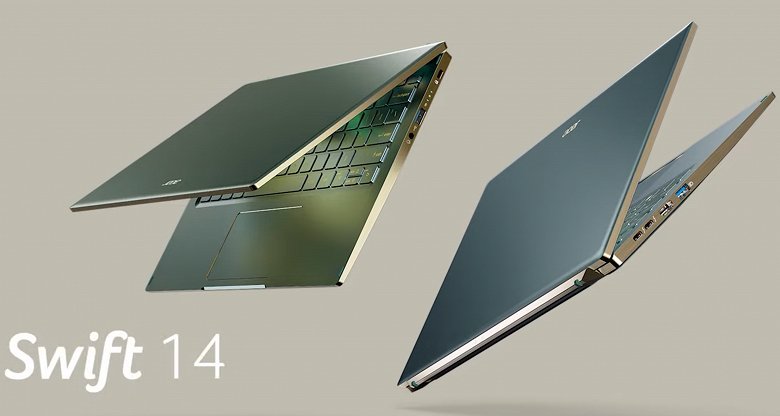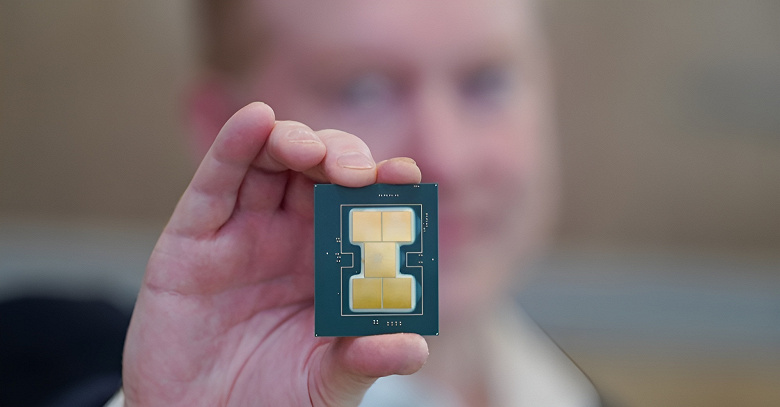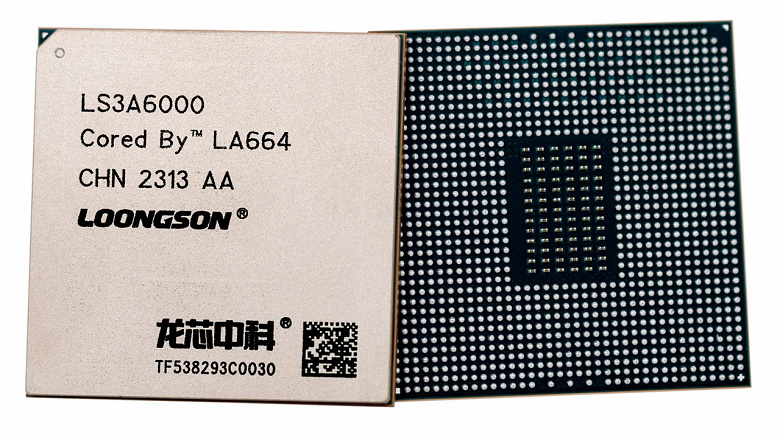Intel unveils Core i9-10850K: 10-core under-flagship to compete with Ryzen 9 3900X
Intel has unveiled a new “near-flagship” ten-core desktop processor called the Core i9-10850K. The preparation of the new product became known not so long ago, but it immediately became clear that it would be a slightly more affordable alternative to the flagship ten-core Core i9-10900K.

